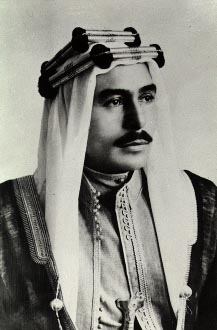The Reign of King Talal

His Majesty King Talal bin Abdullah, circa 1951.
© Royal Hashemite Court Archives
Following the martyrdom of King Abdullah, the Jordanian throne passed to Crown Prince Talal, the late king’s eldest son. King Talal assumed the monarchy on September 6, 1951. Due to health reasons, however, King Talal abdicated the throne less than a year later, on August 11, 1952, in favor of his eldest son Prince Hussein, who had been made heir apparent on September 9, 1951. During his tenure, King Talal initiated the development of a new, liberalizedconstitution. This document made the government collectively, and the ministers individually, responsible before parliament. It was formally ratified on January 1, 1952.
According to the Jordanian constitution, Prince Hussein could not assume kingly duties until he reached the age of eighteen by the Muslim calendar. Therefore, a Regency Council performed his functions until he came of age and assumed his constitutional powers on May 2, 1953. The smoothness with which the reins of power were transferred through Abdullah, Talal and Hussein was remarkable, indicating the extent to which King Abdullah had succeeded in putting the Jordanian monarchy in constitutional order.







0 التعليقات:
Post a Comment